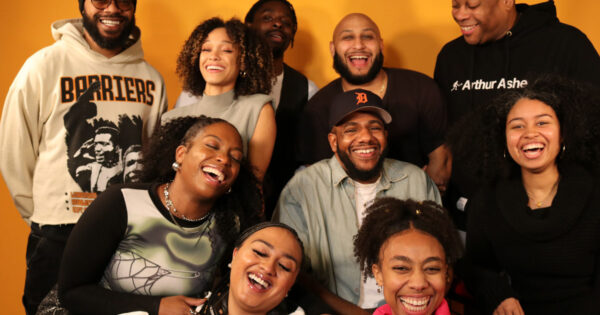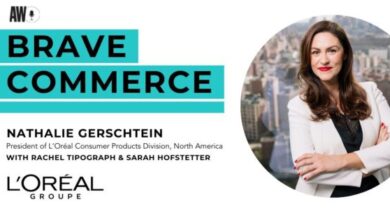
Today there is ongoing litigation across the country fighting for the right of Black people to simply show up to school and the workplace with the hair that naturally grows from their heads. The antiquated notion that how one wears their hair has any bearing on their competency or the quality of work they produce was never logically sound. That idea continues to make space for the ubiquitous cultural policing of Black people by perpetuating the notion that our appearance is a distraction or unprofessional.
This policing has given rise to the need for states to implement their version of The CROWN Act, legislation that protects against race-based hair discrimination, which is currently being blocked from passing into federal law. Just recently, a judge in Texas ruled that a Texas high school was not violating the state’s CROWN Act by punishing a Black teen over the length of his dreadlocks. Upon hearing the ruling, the distraught teen, whose refusal to cut his hair landed him in-school suspension since August of last year, exclaimed: “All because of my hair … I can’t get my education because of my hair. I can’t be around my peers and enjoy my junior year because of my hair?” Without question rulings like these are damaging to the psyche of children and adults alike.
Notes for the ad industry
The freedom to wear one’s hair in white-collar environments should not be a privilege enjoyed only by those working in creative industries. Truth be told, many industries such as law and finance have much work to do. Across the board, advertising should not be the exception, but the standard.
As creators and marketers, we not only position brands and reflect culture, but we also have the power to push the culture of society forward. Artists and creatives like musicians, poets and filmmakers have always led the pack toward cultural change; we must continue to do the same and not shy away from this superpower.
As an industry, we can benefit from focusing on the inclusion aspect of “diversity and inclusion,” and how that may or may not manifest in the workplace. Hiring Black talent is the easy part, but are you genuinely creating an atmosphere that allows us to feel comfortable enough to even meet our full potential?
As noted in a Harvard Business Review article, “The key to inclusion is understanding who your employees really are.” Understanding Black talent in the workplace demands not only shedding the racially-biased norms imposed on us, but also establishing an environment that encourages us to express our authentic selves. After all, isn’t authenticity one of the key guiding principles the industry encourages brands to follow?





